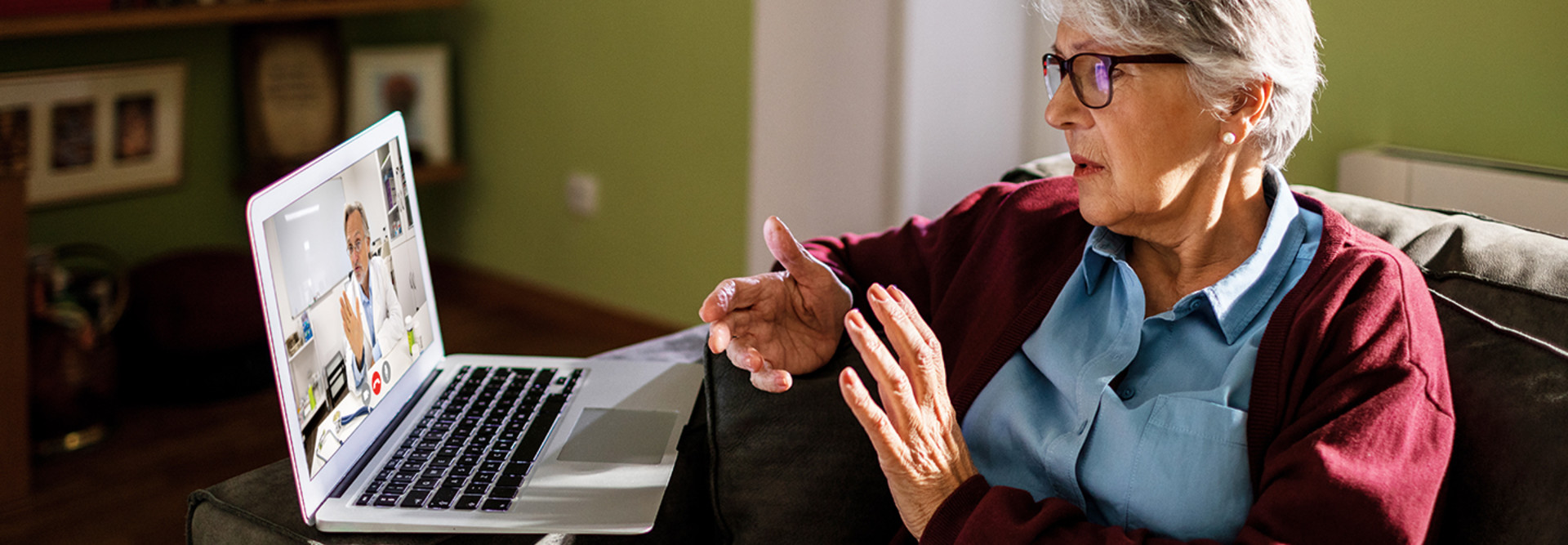The Benefits of Teledermatology for Patients and Providers
Dr. Carrie Kovarik, professor of dermatology at the University of Pennsylvania’s Perelman School of Medicine, explains that teledermatology gives providers more tools to see patients and allows patients to receive care more quickly.
“It helps us be more available and gives them more options,” says Kovarik.
She says that if telehealth continues to be reimbursed by the Centers for Medicare & Medicaid Services once the emergency waivers now in place end, dermatologists will likely use telehealth to provide hybrid care delivery to meet patients where they are.
Han puts the reasons for telehealth use into three buckets that should guide how a telehealth program is designed: convenience, access and safety.
EXPLORE: How healthcare organizations can benefit from a virtual care workshop.
Teledermatology becomes a convenience when people have access to dermatology specialists but don’t want to have to take off work to make an appointment. Instead, they can hop on a phone or device from wherever they are.
Some people don’t have access to dermatology specialists in their areas, and the closest hospital may have long wait times for appointments. In other cases, people may have difficulty traveling to appointments due to medical issues or logistical barriers. Telehealth makes dermatology accessible to all these groups.
Finally, teledermatology helped patients protect themselves from exposure to COVID-19 at the height of the pandemic.
“Removing barriers to access is what the technology is about,” says Han.
How Is Teledermatology Used in Patient Care?
Teledermatology is a useful tool to supplement in-person visits. It can be used for follow-up visits when patients have conditions, such as acne, that don’t require detailed exams, or for management of chronic conditions like eczema or atopic dermatitis. Photos and video may be good enough to aid in diagnosis or for medication counseling.
Kovarik says, however, that teledermatology should only be used to see new patients when necessary, since full-body exams cannot be conducted via video. However, it remains useful in cases where a patient has a focused problem.
“Dermatologists are getting good at knowing what we can and can’t do with the technology,” she says.
Patients show an increased willingness to check in more often, and Han says dermatologists get better compliance and results when using teledermatology.
Click the banner below for access to exclusive HealthTech content and a customized experience.














